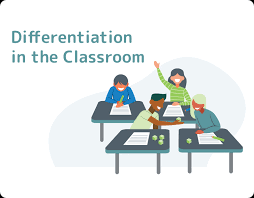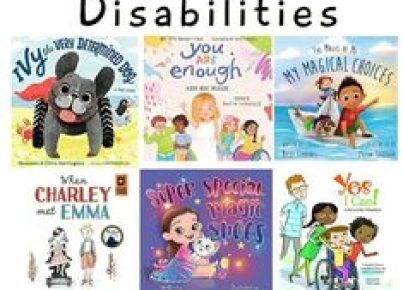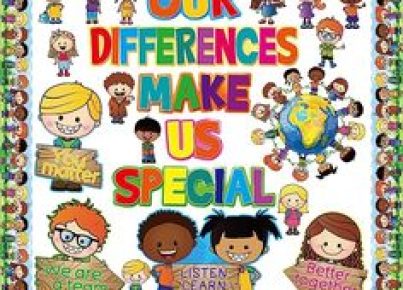In today’s classrooms, diversity is not just a buzzword—it’s a reality. Educational environments across the globe are becoming increasingly heterogeneous, with students from a wide range of cultural, linguistic, and socioeconomic backgrounds. To truly embrace the wealth of diversity present, educators must employ differentiation strategies that cater to the unique learning needs of each student. This practice is referred to as diversity differentiation, a pedagogical approach that aims to provide equitable learning opportunities for all.
Diversity differentiation recognizes that standard one-size-fits-all teaching methods are outdated and ineffective in addressing the varied academic needs that come with a diverse student population. It compels educators to create multiple paths to learning, ensuring that every student engages with content in ways that reflect their strengths and support their growth areas.
To implement diversity differentiation in the classroom, educators start by understanding the cultural assets students bring to their learning environments. This involves recognizing and valuing students’ backgrounds, experiences, and perspectives as enriching the classroom dialogue and learning process. Following this recognition is the need for responsive curriculum design where materials reflect the diversity of society with inclusion of stories, authors, and historical perspectives from multiple cultures.
Another critical element in achieving successful differentiation is adopting inclusive pedagogies. Teaching methods should adapt according to individual learning styles. For example, visual learners might benefit from infographics or videos, while kinesthetic learners could excel through physical activities or hands-on experiments.
Classroom assessment also plays a vital role in differentiating effectively. Rather than relying solely on traditional tests and quizzes, teachers should employ diverse assessment tools like portfolios, presentations, reflective journals, or peer feedback.
The social-emotional aspect cannot be overlooked either. A differentiated classroom should be a psychologically safe space for all students—one where they feel respected, included, and motivated to learn. This necessitates constant dialogue around inclusivity and understanding among peers as well as between teachers and students.
At its core, diversity differentiation is about promoting accessibility in education—ensuring that every student has access to the resources and support they need to succeed academically. When implemented thoughtfully and consistently, it can transform classrooms into vibrant learning communities where all students feel seen, heard, and valued for who they are.
In conclusion, embracing diversity differentiation is no small task—it requires ongoing commitment from educators who must continually evolve their teaching approaches based on their pupils’ shifting needs. By placing inclusivity at the forefront of educational practice, we pave the way for more equitable learning experiences that empower all students to reach their full potential.





